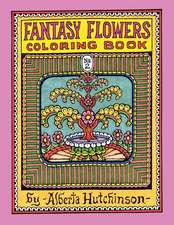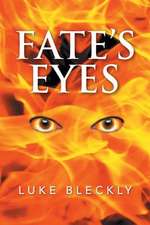Addiction and British Visual Culture, 1751-1919: Wasted Looks
Autor Julia Skellyen Limba Engleză Paperback – 28 noi 2016
| Toate formatele și edițiile | Preț | Express |
|---|---|---|
| Paperback (1) | 473.00 lei 43-57 zile | |
| Taylor & Francis – 28 noi 2016 | 473.00 lei 43-57 zile | |
| Hardback (1) | 1035.66 lei 43-57 zile | |
| Taylor & Francis – 25 mar 2014 | 1035.66 lei 43-57 zile |
Preț: 473.00 lei
Nou
Puncte Express: 710
Preț estimativ în valută:
90.52€ • 94.03$ • 75.19£
90.52€ • 94.03$ • 75.19£
Carte tipărită la comandă
Livrare economică 03-17 februarie 25
Preluare comenzi: 021 569.72.76
Specificații
ISBN-13: 9781138271562
ISBN-10: 113827156X
Pagini: 200
Dimensiuni: 156 x 234 x 11 mm
Greutate: 0.3 kg
Ediția:1
Editura: Taylor & Francis
Colecția Routledge
Locul publicării:Oxford, United Kingdom
ISBN-10: 113827156X
Pagini: 200
Dimensiuni: 156 x 234 x 11 mm
Greutate: 0.3 kg
Ediția:1
Editura: Taylor & Francis
Colecția Routledge
Locul publicării:Oxford, United Kingdom
Cuprins
Contents: Introduction: the visual politics of addiction; Wasted mothers: reading William Hogarth’s Gin Lane; From graphic satire to temperance art: George Cruikshank’s Addiction to Sobriety; Addictive architecture: the Crystal palace, gin palaces and women’s consumption; Closeting addiction: confinement, punishment, concealment; Advertising masculine vulnerability: Cocaine and cigarettes after the First World War; Conclusion. Bibliography; Index.
Notă biografică
Julia Skelly is an Affiliate Assistant Professor in the Department of Art History at Concordia University, Montreal, Canada. She is the editor of The Uses of Excess in Visual and Material Culture, 1600-2010.
Recenzii
'Not only must Julia Skelly be congratulated on this welcome study, but some praise is also due to the publisher. It is now comparatively rare to find an academic study with 33 illustrations ... the production is handsome.' Journal of British Studies
Descriere
This book investigates and problematizes the long-held belief that addiction is legible from the body, thus positioning visual images as unreliable sources in attempts to identify alcoholics and drug addicts. Examining paintings, graphic satire, photographs, advertisements and architectural sites, Skelly explores such issues as ongoing anxieties about maternal drinking; the punishment and confinement of addicted individuals; the mobility of female alcoholics through the streets and spaces of nineteenth-century London; and soldiers' use of addictive substances such as cocaine and tobacco to cope with traumatic memories following the First World War.






















